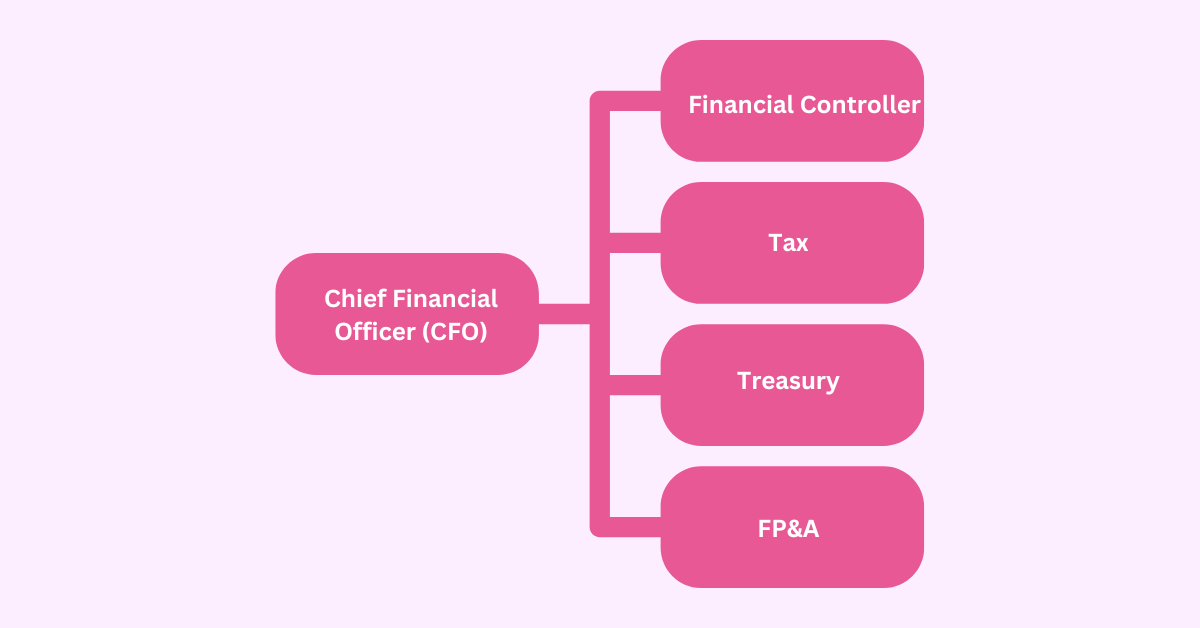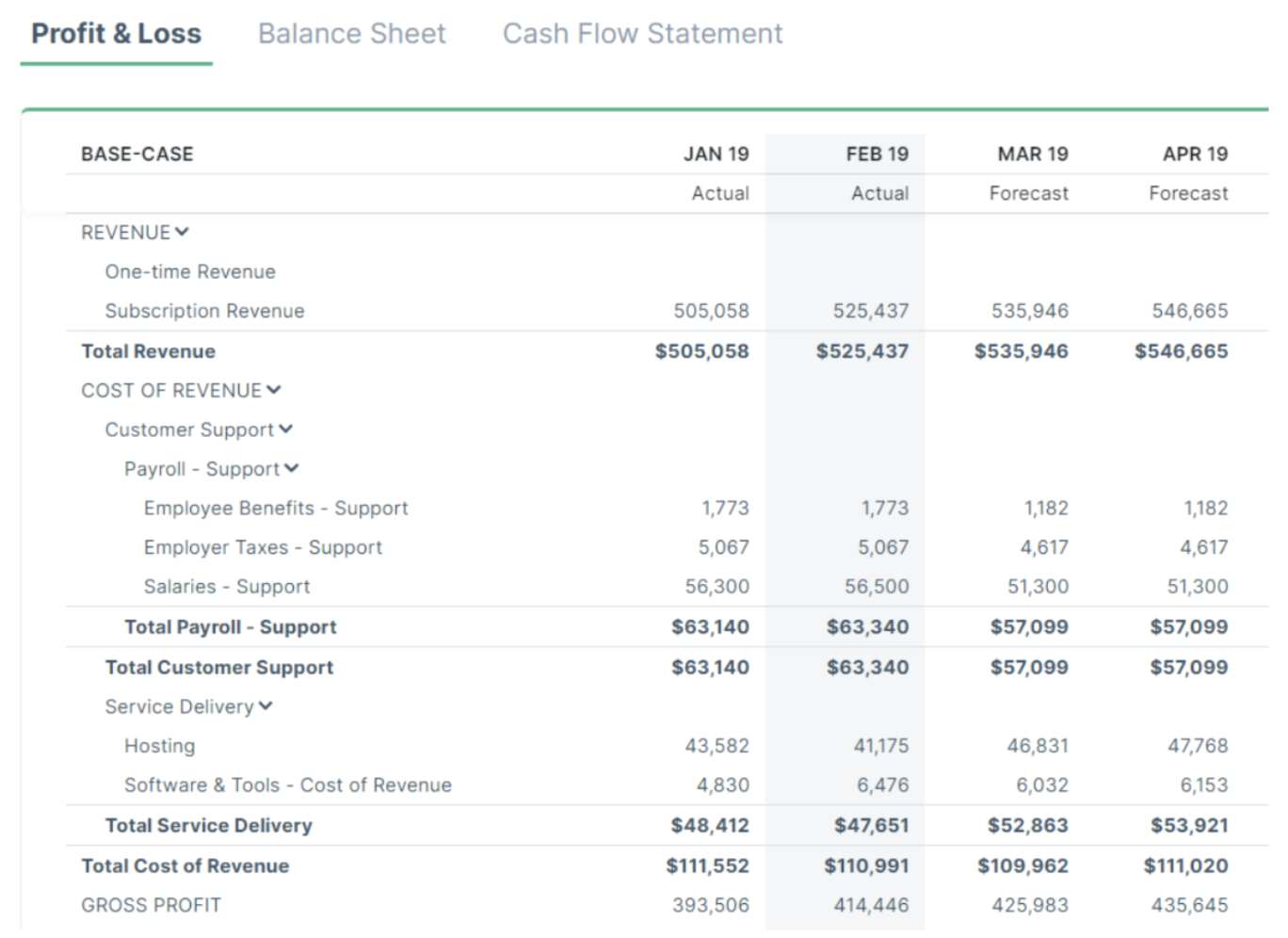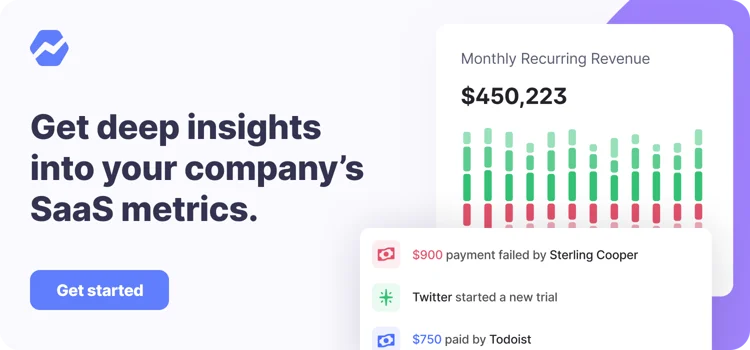Table of Contents

As the saying goes, ‘If you fail to plan, you are planning to fail’. This sums up the importance of an annual budget.
The goal of annual budgeting is to give you the tools you need to make operational decisions about your company, and answer questions like:
- What is our sales target?
- How many more employees can we hire?
- When should we raise our next round of equity?
- What are our targets for CAC, churn, organic growth, MRR/ARR?
- What’s our cash runway in different scenarios (i.e. base, best and worst case for the next 12 months?)
- Can any non-value adding expenses be avoided using Zero-based budgeting?
- Can excess cash be utilized to pay off debt to save on interest expenses?
In this article, we’ll discuss the most important reasons why your team should be creating an annual budget, the difference between planning, budgeting, and forecasting, as well as three annual budgeting techniques beginners can use to get started.
What is an annual budget?
An annual budget projects income and expenses, assets and liabilities, and cash position for an organization, generally for a 12-month period. Annual budgets are also known as an operating plan, annual operating plan or financial operating plan.
Annual budgets, as the name suggests, are prepared once a year, either for a calendar year or a fiscal year (if the fiscal year is different than the calendar year).
Monitoring the variance between the annual budget/operating plan and actual business performance provides insights into the business environment and the complete financial wellbeing of the company.
Generally, financial planning and analysis (FP&A) is the team within a company’s finance function that drives the entire budgeting process.

FP&A will typically sync with the heads of each department to form a department budget rather than creating a budget on their own. This is essential as it places responsibility and accountability on the departments for the numbers and plans that they submitted.
Why are annual budgets important for subscription businesses?
The subscription business model is different from other models in that customers must pay a recurring price at regular intervals for access to a product or service. These can be weekly, monthly, or annual payments.
One of the key aspects of building a successful subscription business is not just to attract customers, but to attract loyal subscribers who are likely to maintain their subscription for a long period.
When creating an annual budget for your SaaS or subscription business, keep the following factors in mind:
Macro factors
Long-term vision
A company’s long-term vision, or mission statement, communicates its values as an organization. These values then develop into goals and strategies that are the foundation of the budgets being drafted.
As an example, here’s our long-term vision at Baremetrics:
Our purpose is to help SaaS entrepreneurs achieve their purpose, grow their businesses and thrive.
We will be the champion for SaaS companies globally, drive innovation and provide the best customer service possible. Our customers will see us as an invaluable partner and not a tool.
To make this happen we design and build the best products in the world to uncover insights, solve and automate the common business problems faced by our customers.
Based on our vision, we budgeted accordingly for the following actions in the latter half of 2022:
- Hired senior engineering talent to complete our integration with Forecast+ Finance
- Created an internal process for validating and communicating ideas for new features, projects and the like so that our collective work is aligned around our customer-centric vision.
- Hire an Account Manager to build relationships with our customers, and proactively address any gaps in product knowledge and adoption (still in progress)
Cash flow management: It is no secret that in order to grow a SaaS company, business leaders need to consider cash flow. A poor cash flow means limited capital for creating growth opportunities. It can also threaten a small business’s ability to keep up with everyday operations. Budgeting cash flow provides a company insight into its cash needs and helps to determine an efficient allocation of cash.

For a full picture of your cash flow and overall operational budget, we recommend building a 3-statement financial model with Profit and Loss, Balance Sheet, and Cash Flow Statement.
Decision making: Budgeting can be used as an internal benchmark that helps leaders and the team constantly answer the question: is what we’re doing taking us where we want to go? Moreover, budgets give leadership the information they need to oversee the planning, monitoring, and controlling of the activities within the organisation. This top-down approach also helps the executives to communicate their expectations for the next year.
Scenario budgeting (Base, Target & Best case budget): Budgeting for different scenarios (think COVID-19, inflation, recession etc.) involves mapping out different possible futures over the next year, as well as how you will react to them.

Mapping out different scenarios helps you get a sense of how external forces may impact your business financially.
You need to have plans in place to react to these different scenarios so that the entire organization aims for the best but is prepared for the worst.
After all, part of being an agile company means anticipating market forces before they happen and having a plan in place to dodge potential issues while taking advantage of new opportunities. Having a budget helps in quantifying these plans.
Stakeholder management: Budgets gives investors and the board (if you have one) expectation of the business performance in the year to come, by providing answers to questions like the following:
- Where and how will funding be spent?
- What will your growth trajectory look like over the next 12 months?
- What are your hiring plans and hiring capacity?
- When and with what level of revenue and expenses will the company run out of cash? When will you raise new funds – equity or debt?
- What are the organizational goals? KPIs? How are they going to get tracked? When do the employees get a bonus?
Micro factors
Expense management
Subscription businesses need to carefully manage their expenses to turn profitable.
Expense management and reduction can be achieved by following zero-based budgeting where the budget starts as a clean slate and all expenses are evaluated and must be justified to get approved in the budget. This eliminates expenses that are non-value-adding or not necessary at all to be incurred.
Marketing and revenue budgeting: Defining the right marketing budget along with the revenue budget assists the marketing team in planning their marketing campaigns, target CPA, and target CAC in advance.
Budget vs. Actual variance analysis: Budget vs. actual analyses compare how the company performs (the actuals) with the defined target (the budget) over fixed periods. Variance analysis provides insight into where the company is not performing as it should. Budgets are your defined baseline against which you can measure your actual performance and hence critical to be defined as ambitious but realistic.
Planning vs Budgeting vs Forecasting
Planning, budgeting and forecasting are all significant drivers in growing sustainably. Planning gets things started and continues throughout the life of the business. Budgeting works at a more granular level and projects the next 12 months. Forecasting estimates a company’s future financial projections in advance and in a way supports the planning.
| Criteria | Planning | Budgeting | Forecasting |
|---|---|---|---|
| Definition | Planning is a strategic outline of a business’ financial goals, generally for the next three to five years. | A budget projects income & expenses, assets & liabilities, and cash position for an organization, generally, for a 12-month period. | Forecasting estimates a company’s future financial projections by analyzing historical data and adjusting for current market environments. |
| Time Frame | 3 to 5 years | 12 months | Continuously forecasting the subsequent twelve months at the end of every period (period can be month or a quarter). This is also called a rolling forecast. |
| Objective and Purpose | Aligning the business’ mission, vision and long-term goals and developing action plans to achieve them. | Allocation and optimum utilization of available resources and funds to achieve business’ strategic goals. Creating a budget allows you to outline where you want to go. Splitting that budget into months (or quarters, if by month is too granular) lets you see how you’ll get there month by month. | Forecasting assesses if the budget will be met or not. It also identifies key risks and opportunities to the budget and quantifies its impact. |
| Frequency | Since it’s a strategic outline, it is generally fixed. | Annually | Usually, monthly or quarterly |
Budgeting techniques
There are various methods of creating budgets but the most used by beginners are:
-
Incremental budgeting
-
Zero based budgeting with a bottoms-up approach
-
Top-down approach
1. Incremental budgeting
Incremental budgeting is a method in which next year’s budget is prepared by building on to last year’s actuals after adjusting for inflation and other incremental factors
-
It is quick to do and a relatively simple process.
-
With Forecasting+ the information is readily available and can be auto pulled from your accounting software (Xero or QuickBooks), so very limited quantitative analysis is needed.
-
It is appropriate in stable circumstances. For example, the amount of office expenses spent in one year is unlikely to be significantly different in the next year, so taking the actual spend in year one and adding a little for inflation should be a reasonable target for the spend in the next year.
2. Zero based budgeting combined with bottoms- up approach
- Zero-based budgeting requires that each element of a budget be re-evaluated and given a fresh thought. Each element is treated as though it is being budgeted for the first time and is required to rationalize its insertion in the budget in terms of the value expected to be derived from its performance.
- Zero-based budgeting is time consuming and requires active participation from all the levels in an organisation. However, with Forecast+, the users can update their inputs at same time, thereby eliminating the need to consolidate and usage of multiple spreadsheets.
3. Top-down approach
- Also called an ‘authoritative’ or ‘non-participative’ budget as it is set with no or very little participation from the employees and lower/middle management.
- It is generally led and managed end to end by the FP&A team, and reduces the time and participation required from the overall employees in the organisation. Top-down approach can be followed in organizations that are newly formed or the business is very small with the upper management having all the necessary details of day-to-day operations in the company.
Conclusion
Building a comprehensive, operationally focused budget requires a lot of work to set up, but the benefits are critical to grow your business.
That’s why growing SaaS and subscription businesses trust Forecasting+ by Baremetrics. Forecasting+ integrates with QBO and Xero to automatically bring in your actuals every month. Then, with your updated data, create the budgets, models, scenarios, and other dashboards you need in a few clicks.
To get ahead of your 2023 annual budgeting, book a free consultation of Forecast+ today.




